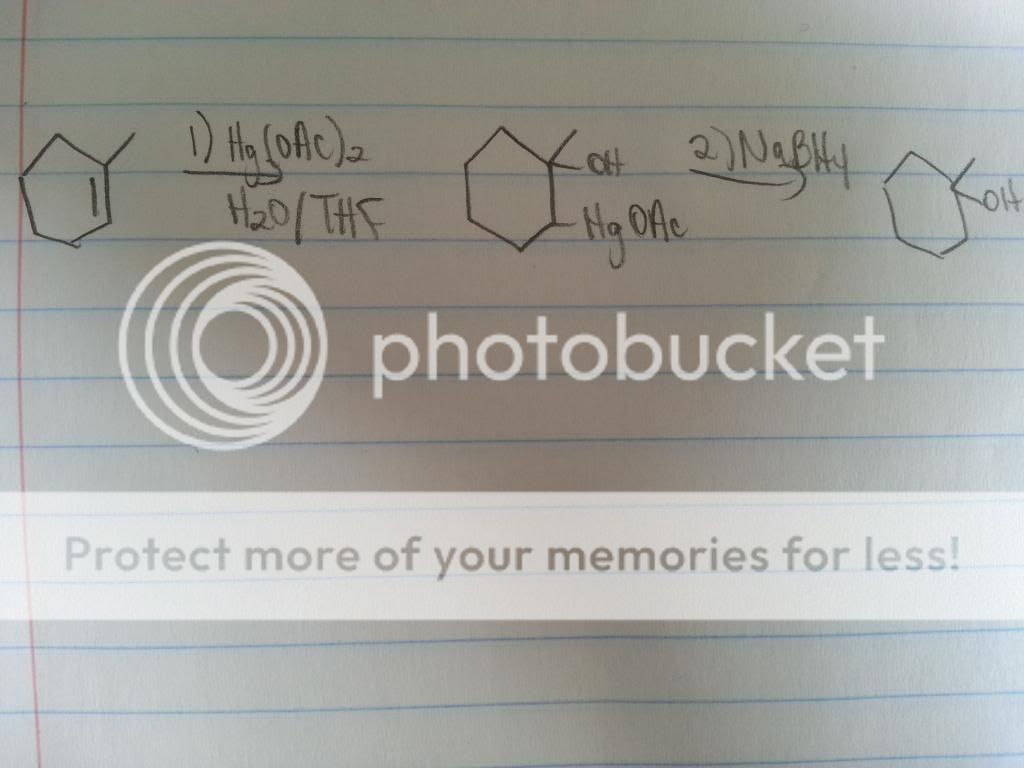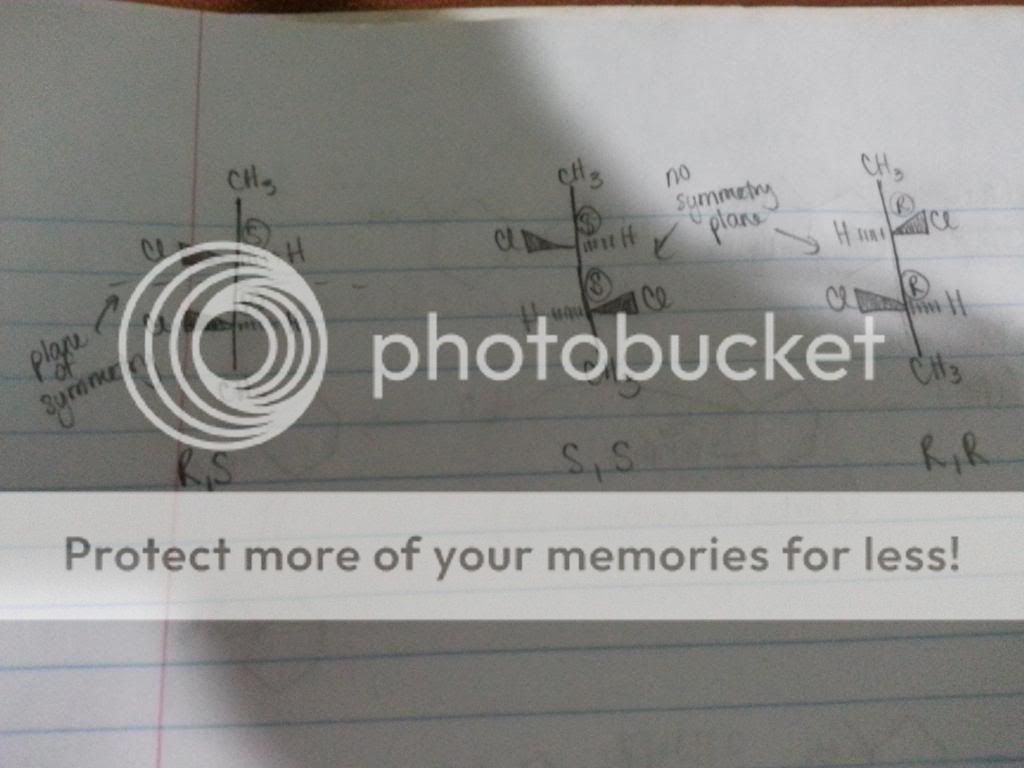FlatteredPawn
(?)Community Member
- Posted: Sun, 06 Jan 2013 06:20:35 +0000
I have an Organic Chemistry final in three days and I'm in some trouble. I can't seem to grasp some concepts fully, and I was wondering if there was anyone available for a discussion via PM (or even in this thread for others that may be curious) that would mostly be me asking a bazillion questions and hoping for some in depth feedback.
I've also used Khan Academy for help, but it's not... detailed enough. I have so many questions that need specific answers~!
I'm having the most issues with identifying products of reactions when given the reagents and the conditions of the experiment, two step experiments involving what looks like Grignard reagents... and just even figuring out where to start on some of my practise questions. My teacher likes to use odd chemicals (he's definitely not a textbook type, but he is super knowledgeable about compounds you can use if you don't have the 'go-to' chemical around) and sometimes I have trouble figuring out what they are used for.
I'm not sure how many Chemistry genius' there are around, but please help! A sample question looks something like:
(What looks like) Methyl-cyclohexene in a first step reaction with Hg(oAc)2 and water/THF then a second step reaction with NaBH4, equals what product(s)?
I've also used Khan Academy for help, but it's not... detailed enough. I have so many questions that need specific answers~!
I'm having the most issues with identifying products of reactions when given the reagents and the conditions of the experiment, two step experiments involving what looks like Grignard reagents... and just even figuring out where to start on some of my practise questions. My teacher likes to use odd chemicals (he's definitely not a textbook type, but he is super knowledgeable about compounds you can use if you don't have the 'go-to' chemical around) and sometimes I have trouble figuring out what they are used for.
I'm not sure how many Chemistry genius' there are around, but please help! A sample question looks something like:
(What looks like) Methyl-cyclohexene in a first step reaction with Hg(oAc)2 and water/THF then a second step reaction with NaBH4, equals what product(s)?



